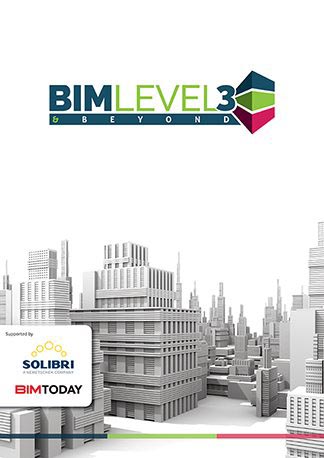The BIM Level 3 & Beyond: Moving Forward After Level 2 event held on 29th June 2016 at the University of Manchester proved to be a successful day devoted to answering the ongoing questions of how Level 2 BIM will be the staging post for further developments to a Digital Built Britain.
The event intended to start the conversation around what is meant by BIM Level 3 but also raised some contentious issues regarding the journey to it. However, formulating and understanding what lies beyond BIM Level 2 has to be faced head on.
The supply chain has to be transparent and cooperate within the relationships between conceptual, design, planning, construction and whole life cycle stages. There will undoubtedly be challenges, not least of ownership and liability.
The UK Government published Digital Built Britain last year, which is a strategic plan for the future Level 3 BIM and beyond. Level 3 is concerned with enabling the interconnected digital design of different elements in a built environment; extending BIM into the operation of assets over their lifetime and supporting the accelerated delivery of smart cities, services and grids. Some are already questioning why we are progressing with Level 3 BIM while the industry is still getting to grips with the fundamentals of Level 2 BIM. However, Level 2 BIM was only ever the first steps on the journey to delivering the potential value that the UK construction industry can deliver for clients. It represents a real game changer for the industry; requiring new skills, roles and business opportunities that are high value, highly exportable and highly desirable. However, this cannot happen unless Level 2 BIM becomes ‘business as usual’ for the UK construction industry, to provide the essential foundation for the transformation to BIM Level 3
BIM Level 3 will be a big leap. Having to focus on the concepts of big data, openBIM and the sharing of information, the event examined copyright wrangles created by ownership read/write permission issues and also investigated the subject of liability & shared risk by inviting discussion on procurement routes.
We are right to concentrate on getting BIM Level 2 to a stage where it is ‘business as usual’, but that’s not to say we should ignore or be unprepared for what is inevitable: the development of technology that will enable the Digital Built Britain thinking. It is certainly clear from this event that many experts in the industry are already asking the questions around ‘how we get there’ and ‘what do we need to do’ and there is a commitment, drive and enthusiasm to make it work.



